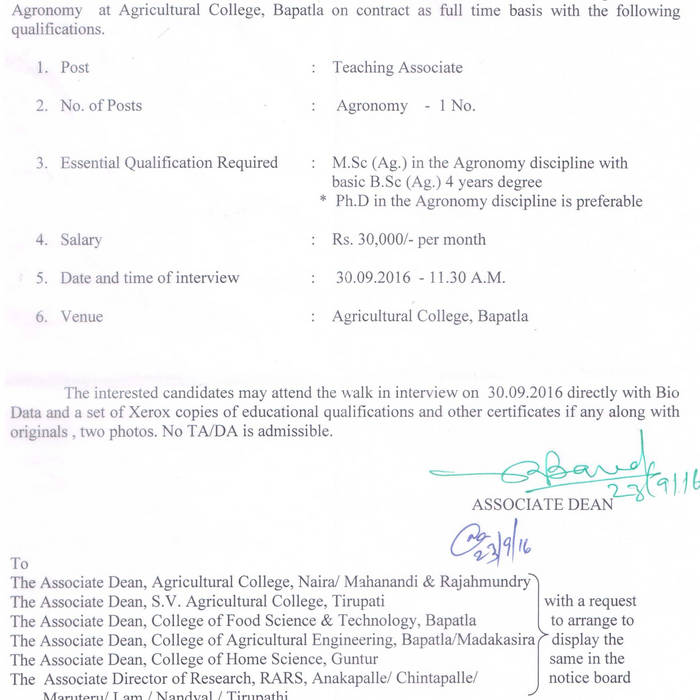Checking Out The Interesting World Of India's PIN Codes
India is an immense and diverse nation with a rich and long-running history of culture, architecture, and tradition. In the long and rich history of India there are many aspects that are often neglected, among them is India's rich history with regard to postal services. Over the course of centuries and centuries, the Indian postal system has evolved in many ways, but it remains an integral part of Indian life.
A first postal office in India can be traced back to the Mughal Empire in 1664. The Mughals set up the country's own postal system to aid in keeping communication open across its far-flung regions. It was during this period that the word "dak" was first used to refer to post offices or mail carriers. The word "dak" is still used to refer to post offices all over India.
Following the dissolution of the Mughal Empire in 1857, the British Raj took control of India and set up the country's own system of postal service in 1858. This new system improved upon the communication system within India by introducing more efficient ways of communication, such as stamps and mailbags as well being standardized rates for the sending of parcels and letters across various areas across the nation. Under British rule, post offices were opened in all districts across India with some even being located overseas in cities such as Singapore and Ceylon (now Sri Lanka).

The Indian Postal Service also played an important role in World War II when it was utilized to send messages between members of the armed forces stationed around various regions of Asia and Europe and also for delivering vital goods via Britain to troops on foreign soil. Following the declaration of independence of Britain in 1947, India set up its own post office within an entirely new government-run entity called Department Of Post (DOP).
One of the things that make Indian postal services unique is its usage of old-fashioned methods such as dak runners or camel caravans and modern techniques such as airmail or motorized vehicles for delivery across remote areas that do not have access to railway or roads. These traditional methods were employed since the earliest times and continue to have a significant role to play today especially when it comes to the delivery of parcels or letters in rural areas, where roads may not be accessible because of natural obstacles such as rivers or mountains.
A third element that makes Indian postal service unique is its use of philately, that is, stamp collecting - to educate as well as entertainment for collectors across the globe.. Through time, many nations have released their own stamps, with various designs with images that relate to their culture or history with some featuring iconic figures such as Mahatma Gandhi, who was on various stamps released by India's Government Of India over time.
As philately has become more popular over time, so too have those seeking out rare stamps from all over the globe, including those issued by India that have become highly sought after items amongst collectors mainly because of their unique designs featuring local flora & fauna alongside historical figures.
Another thing that distinguishes Indian Postal Service stand out is its commitment towards providing equitable services, regardless of the location in rural towns where access to other forms delivery services may not be available.
To ensure that fair practices are maintained DOP has implemented several measures including free insurance cover for all registered items that are sent through local post offices and also offering additional discounts on postage when sending items via airmail . In Solution Can Be Seen Here , DOP also offers additional tracking options for registered parcels ensuring the customer can monitor their parcel's progress at any point during transit reducing waiting times significantly.
All of these aspects make up what makes Indian Postal Service so unique in comparison to other similar services across the globe . Its dedication to providing high-quality services no matter where you are, the integration of traditional methods , usage philately and the implementation of modern tracking systems make it one of the strongest and most reliable delivery networks worldwide.
In conclusion , despite multiple changes over the years, exploring rich history behind Indian Postal Service offers insight into how this unique organization adapted & evolved over centuries but remained true to its values through all of these changes. With the combination of traditional and contemporary methods, this service continues to offer high-quality services that ensure customer satisfaction regardless of location.
UNDER MAINTENANCE